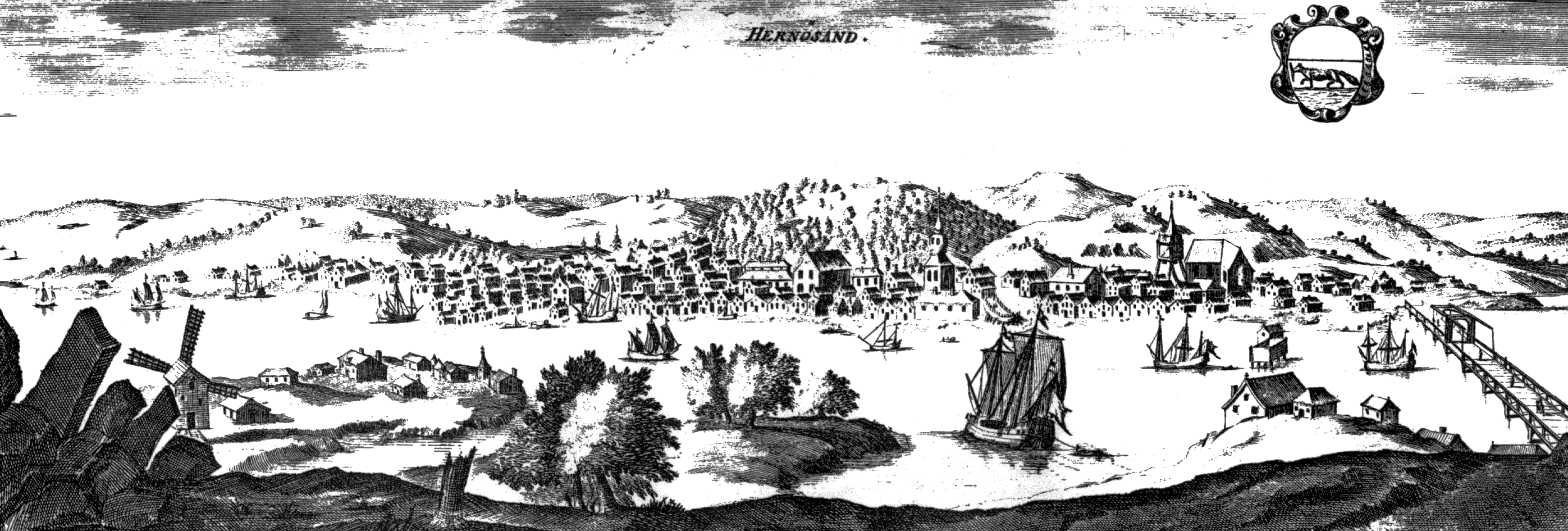|
Arnelliaceae
Arnelliaceae is a family of liverworts belonging to the order Jungermanniales. It contains a single genus, ''Arnellia''. The genus name of ''Arnellia'' is in honour of Hampus Wilhelm Arnell (2 August 1848 in Härnösand – 1932 in Uppsala Uppsala (, or all ending in , ; archaically spelled ''Upsala'') is the county seat of Uppsala County and the List of urban areas in Sweden by population, fourth-largest city in Sweden, after Stockholm, Gothenburg, and Malmö. It had 177,074 inha ...), a Swedish bryologist. References {{Taxonbar, from1=Q13569898, from2=Q693205 Jungermanniales Jungermanniales genera ... [...More Info...] [...Related Items...] OR: [Wikipedia] [Google] [Baidu] |
Jungermanniales
Jungermanniales is the largest order of liverworts. They are distinctive among the liverworts for having thin leaf-like flaps on either side of the stem. Most other liverworts are thalloid, with no leaves. Due to their dorsiventral organization and scale-like, overlapping leaves, the Jungermanniales are sometimes called "scale-mosses". Families of Jungermanniales An updated classification by Söderström et al. 2016 * Cephaloziineae Schljakov amesoniellineae** Adelanthaceae Grolle 1972 amesoniellaceae He-Nygrén et al. 2006** Anastrophyllaceae Söderström et al. 2010b ** Cephaloziaceae Migula 1904 ** Cephaloziellaceae Douin 1920 hycolepidoziaceae Schuster 1967** Lophoziaceae Cavers 1910 ** Scapaniaceae Migula 1904 iplophyllaceae Potemk. 1999; Chaetophyllopsaceae Schuster 1960* Jungermanniineae Schuster ex Stotler & Crandall-Stotler 2000 eocalycineae Schuster 1972** Acrobolbaceae Hodgson 1962 ** Antheliaceae Schuster 1963 ** Arnelliaceae Nakai 1943 ** Balantiopsid ... [...More Info...] [...Related Items...] OR: [Wikipedia] [Google] [Baidu] |
Liverwort
The Marchantiophyta () are a division of non-vascular land plants commonly referred to as hepatics or liverworts. Like mosses and hornworts, they have a gametophyte-dominant life cycle, in which cells of the plant carry only a single set of genetic information. It is estimated that there are about 9000 species of liverworts. Some of the more familiar species grow as a flattened leafless thallus, but most species are leafy with a form very much like a flattened moss. Leafy species can be distinguished from the apparently similar mosses on the basis of a number of features, including their single-celled rhizoids. Leafy liverworts also differ from most (but not all) mosses in that their leaves never have a costa (present in many mosses) and may bear marginal cilia (very rare in mosses). Other differences are not universal for all mosses and liverworts, but the occurrence of leaves arranged in three ranks, the presence of deep lobes or segmented leaves, or a lack of clearly diff ... [...More Info...] [...Related Items...] OR: [Wikipedia] [Google] [Baidu] |
Hampus Wilhelm Arnell
Hampus Wilhelm Arnell (2 August 1848 in Härnösand – 1932 in Uppsala) was a Swedish bryologist. He was the father of hepaticologist Sigfrid Vilhelm Arnell (1895–1970). In 1875, he became a privat-docent of botany at the University of Uppsala, later working as a schoolteacher in Umeå and Harnosand. In 1880 he became an associate professor of natural history and chemistry in Jönköping. He later taught classes in Gävle (from 1894) and Uppsala (from 1901).Riksarkivet (biography and bibliography) His botanical studies included trips throughout most of Sweden, to northern (1869, 1870 and 1891) and to the lower |
Härnösand
Härnösand () is a locality and the seat of Härnösand Municipality in Västernorrland County, Sweden with 17,556 inhabitants in 2010. It is called "the gate to the High Coast" because of the world heritage landscape just a few miles north of Härnösand. Härnösand is the seat of the Diocese of Härnösand. History On 10 December 1885, Härnösand became the first town in Sweden with electric street lighting, following the Gådeå power station being taken into use. Education Härnösand is the seat of The National Agency for Special Needs Education and Schools (''Specialpedagogiska skolmyndigheten''). The Swedish International Development Cooperation Agency (Sida) operates its training programme Sida Partnership Forum in Härnösand. Industry One of the biggest employers in Härnösand is the cable-TV and Cable internet service provider Com Hem. Sports The women's team of the bandy club Härnösands AIK plays in the highest division and the men's team has don ... [...More Info...] [...Related Items...] OR: [Wikipedia] [Google] [Baidu] |
Uppsala
Uppsala (, or all ending in , ; archaically spelled ''Upsala'') is the county seat of Uppsala County and the List of urban areas in Sweden by population, fourth-largest city in Sweden, after Stockholm, Gothenburg, and Malmö. It had 177,074 inhabitants in 2019. Located north of the capital Stockholm it is also the seat of Uppsala Municipality. Since 1164, Uppsala has been the ecclesiology, ecclesiastical centre of Sweden, being the seat of the Archbishop of Uppsala, Archbishop of the Church of Sweden. Uppsala is home to Scandinavia's largest cathedral – Uppsala Cathedral, which was the frequent site of the coronation of the Swedish monarch until the late 19th century. Uppsala Castle, built by King Gustav I of Sweden, Gustav Vasa, served as one of the royal residences of the Swedish monarchs, and was expanded several times over its history, making Uppsala the secondary capital of Sweden during its Swedish Empire, greatest extent. Today it serves as the residence of the Gover ... [...More Info...] [...Related Items...] OR: [Wikipedia] [Google] [Baidu] |


